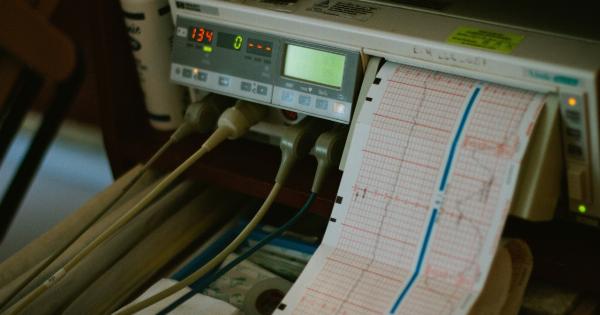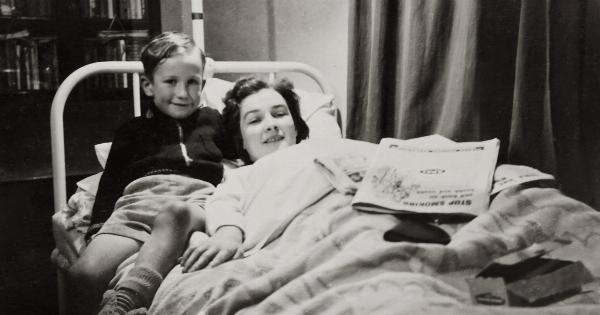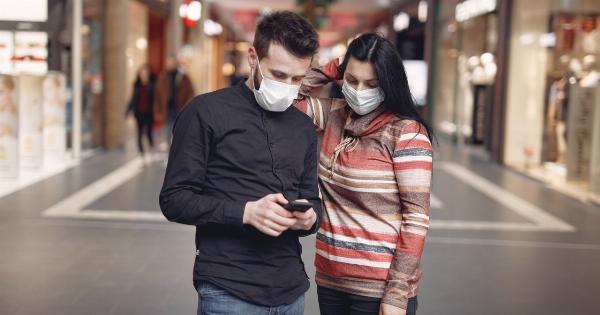Priority Patient Transport is a service that provides emergency medical transportation to individuals who need immediate medical attention. This service is available 24/7 and can be accessed by calling the emergency services hotline in your area.
Priority Patient Transport is vital for individuals who are experiencing a life-threatening medical emergency, and they need to be transported to a medical facility as soon as possible.
What Does Priority Patient Transport Cover?
Priority Patient Transport covers various forms of medical transportation that are deemed to be life-threatening or that require urgent medical attention. These include:.
- Emergency ambulances
- Air ambulance services
- Helicopter transport services
- Non-emergency patient transport services
Priority Patient Transport also covers transportation for individuals who require specialized medical care and cannot be transported by conventional means.
This includes transportation for individuals who require specialized medical equipment, such as ventilators, dialysis machines, and oxygen tanks.
Who is Eligible for Priority Patient Transport?
Priority Patient Transport is available for individuals who are experiencing a life-threatening medical emergency or require urgent medical attention.
This includes individuals who have suffered a heart attack, stroke, severe allergic reaction, or other life-threatening medical conditions.
Priority Patient Transport is also available for individuals who require specialized medical care and cannot be transported by conventional means.
This includes individuals who require the use of specialized medical equipment, such as ventilators, dialysis machines, and oxygen tanks. Individuals who require transportation due to a disability or mobility issues may also be eligible for Priority Patient Transport.
How to Access Priority Patient Transport?
To access Priority Patient Transport, you need to call the emergency services hotline in your area. The emergency services operator will ask you several questions to determine the nature of your emergency and the type of medical attention you require.
If you require Priority Patient Transport, the operator will dispatch the appropriate medical personnel and transportation services to your location.
If you believe that you or someone you know may require Priority Patient Transport in the future, it is a good idea to familiarize yourself with the emergency services hotline in your area.
This will help you to access emergency medical services more quickly and efficiently in the event of an emergency.
Does Insurance Cover Priority Patient Transport?
Whether or not Priority Patient Transport is covered by insurance depends on the type of insurance you have. Some insurance policies cover emergency medical transportation, while others do not.
It is important to review your insurance policy and speak with your insurance provider to determine whether or not Priority Patient Transport is covered under your policy.
In some cases, individuals may be eligible for financial assistance to cover the cost of Priority Patient Transport.
If you do not have insurance or your insurance policy does not cover Priority Patient Transport, you may be eligible for financial assistance through your local government or non-profit organizations that provide emergency medical services.
Conclusion
Priority Patient Transport is a vital service that provides emergency medical transportation to individuals who need immediate medical attention.
It covers various forms of medical transportation, including emergency ambulances, air ambulance services, helicopter transport services, and non-emergency patient transport services. Priority Patient Transport is available for individuals who are experiencing a life-threatening medical emergency or require urgent medical attention.
If you believe that you or someone you know may require Priority Patient Transport in the future, it is important to familiarize yourself with the emergency services hotline in your area.
Review your insurance policy and speak with your insurance provider to determine whether or not Priority Patient Transport is covered under your policy. If you do not have insurance or your insurance policy does not cover Priority Patient Transport, you may be eligible for financial assistance through your local government or non-profit organizations that provide emergency medical services.




























